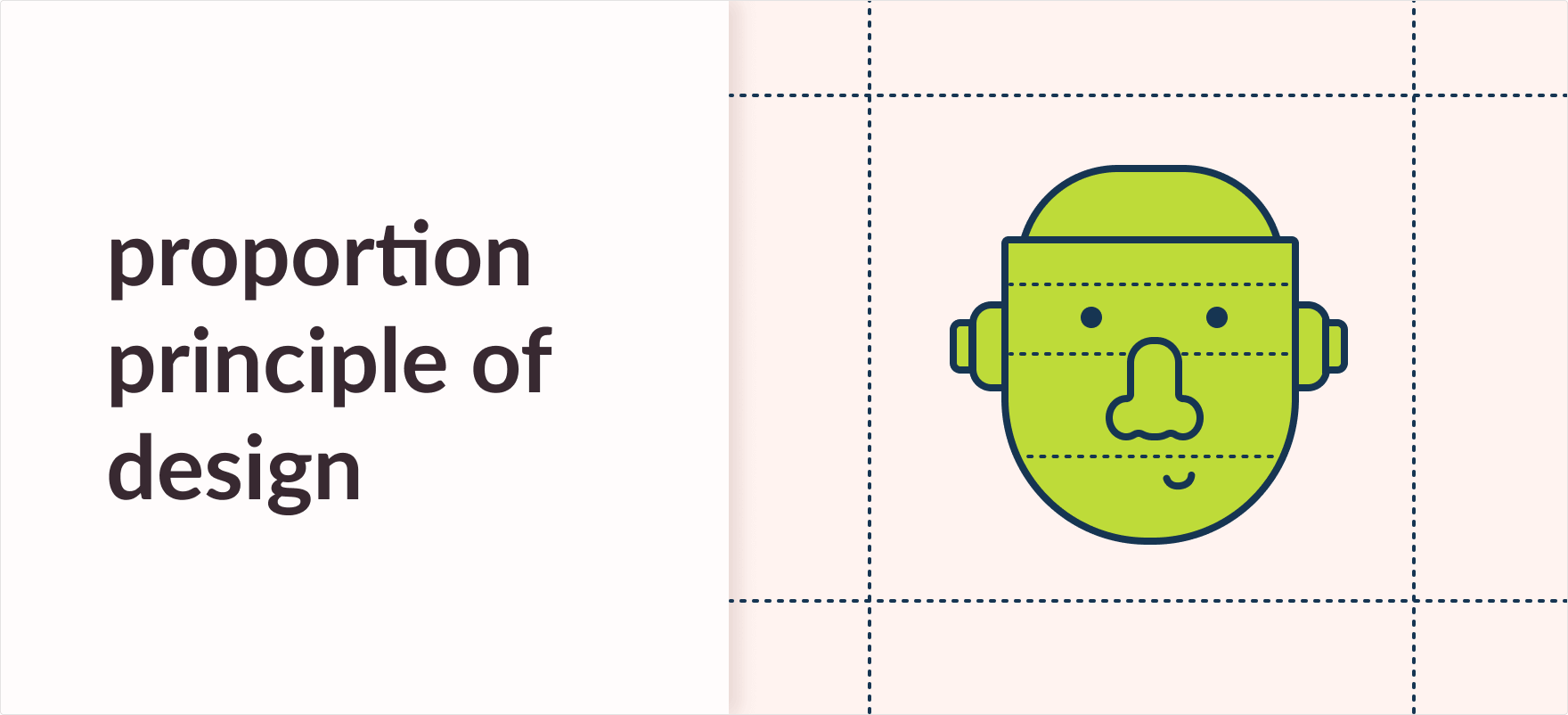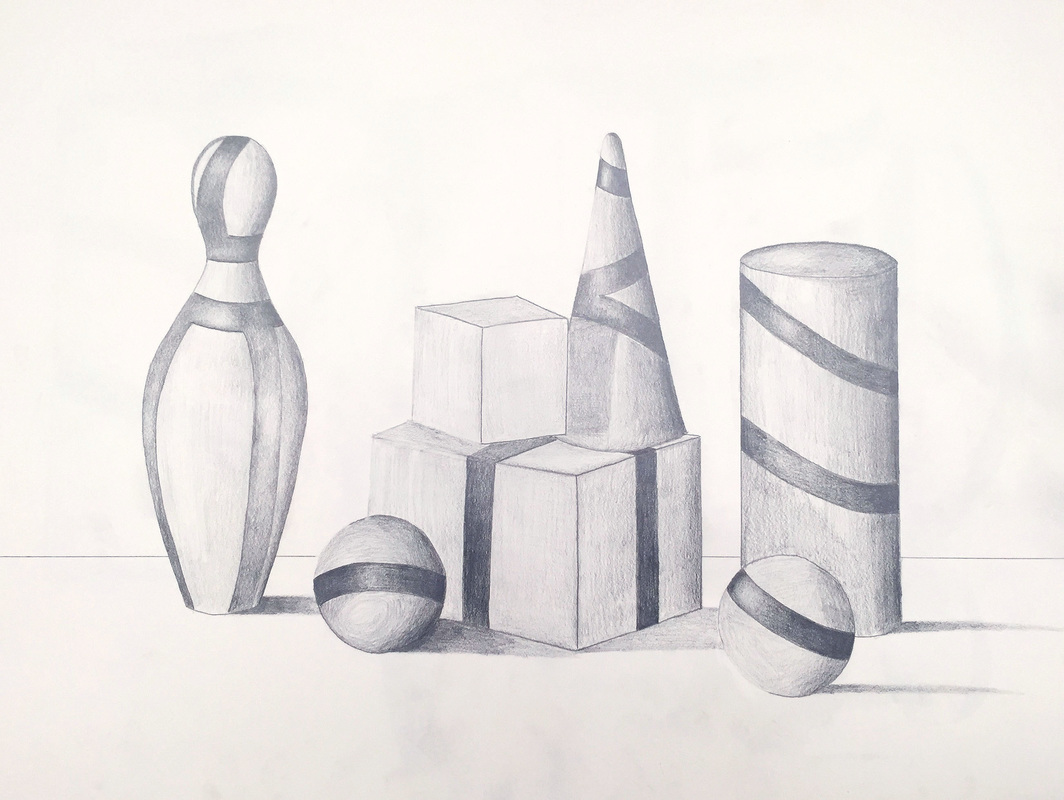proportion in Interior Design A Simple Beginner's Guide To Proportions
Table Of Content

On the other hand, composition is the art of bringing all proportionate elements together to bring out the effectiveness of a design. The design’s composition is crucial to communication, as it brings together the stylistic elements and the setting. Therefore, if a subject Is seen with a long face on a sunny day, the composition would either fail, or the focus would be created on the gloomy subject. This helps the designer take charge of what is seen and emphasized in a design. While important elements are always higher in the hierarchy, unimportant elements can be found at the bottom. Choosing a focal point is crucial since the audience’s eye falls automatically onto the subject in focus.
Application of the Golden Ratio in Design and Art
To distinguish it from other art principles, let’s take a look at the proportion definition in art. Flooring is an often-overlooked element in proportion to interior design. The size of the tiles or planks should be proportional to the size of the room.
Interior design made simple
The living room is often the first area of the home that guests see, making it a vital space to get right. When it comes to proportion, it’s essential to consider the size of the room, the furniture, and the decor. To ensure that the lighting is proportional to the room, designers should also consider the size and shape of the space. For example, a large chandelier may look out of place in a small room, while a small lamp may not provide enough light in a large space. When using patterns in interior design, it’s important to consider the scale of the pattern. Large patterns can overwhelm a small space, while small patterns can get lost in a large space.
Proportion and Furniture

In this course, we'll talk about the principles of design and share some examples. The top two halves of the woman’s body look out of proportion with the other forms seen in this piece. The term “pixel” is still commonly accepted to describe the size of an element.
Understanding Proportion in Interior Design
A wonderful example of graphic design backgrounding and foregrounding is seen in Apple’s Operating System. When two windows are opened simultaneously and placed on top of one another, backgrounding and foregrounding becomes obvious. The foreground window has much more color, character, and detail to it than the background window. Another example of such a horizontal composition is found in paintings with no specific focal subject.
Complementary proportions can be found in almost all fields of visual and aural arts. Similarly, graphic designing, interior designing, photography, and fashion designing are a few examples of niches that rely on proportions. While proportions are directly correspondent to geometry, the composition takes some understanding of the field you’re working on. The importance of these two principles and how they influence design are explained in detail in the following article. Two exigent principles that rule the aesthetic appeal of designs are proportions and composition. It does not take an erudite thought to figure out that both proportion and the composition are offshoots of mathematics.
What's different about Arabic web design? - Creative Bloq
What's different about Arabic web design?.
Posted: Fri, 09 Apr 2021 07:00:00 GMT [source]
Lack of balance would make your design feel heavy on one side and empty on the opposite. If you're wondering about principles of design balance examples, you’ll know your design lacks balance when it feels as if it’s falling off to one side. For example, in a symmetrical design, the elements on the right side have the same visual weight as the elements on the left side. Symmetrical designs are easier to balance but can also come across as boring.
Get Fine Art Tutorials in your inbox
This creates a sense of balance and harmony in the room, as objects are evenly distributed throughout the space. When designing a room, it’s important to consider the proportion of each element in relation to the others. For example, a large sofa might look out of place in a small room, while a tiny coffee table might get lost in a large space. By choosing pieces that are the right size and shape for the space, you can create a sense of balance and harmony. Depending on the proportions of a subject or object compared to the composition as a whole, it will tell the viewer important information about its placement within the image. Viewers can also determine whether the subject has been painted in a realistic style from the proportions in the image.

Texture plays a crucial role in creating harmony in interior design. Whether we realize it or not, we are constantly assessing the proportion of objects and visuals around us. This is why proportion plays a crucial role in design, helping to create effective and visually appealing compositions. Proportion in logo design is all about the size and scale of different elements.
Scale and proportion are planning tools artists use to get the viewer's attention. Are you ready to take your designs to the next level, including paying attention to proportion and how it impacts your work? Content is fluid, which means it fills up as much horizontal and vertical space as it’s able to. Despite this characteristic, it’s good practice to define a minimum and maximum width for your content.
Color palettes or similar textures can create a sense of unity between different components. Using similarly shaped items will create harmony because they will seem related. Movement in a composition creates interest and dynamism that keeps the viewer engaged. In a layout, contrast is applied to create hierarchy between the font sizes. For instance, in the example below, we have a font duo that includes a script font and a sans serif font.
Asymmetrical designs have different sides but equal visual weight. Being able to achieve balance in asymmetry can result in a visually interesting design that has movement. When you make specific elements of your design larger, it emphasizes them and draws attention to them. You might, for example, want to make the subject of your piece larger than other elements of the piece, or to emphasize certain areas of the piece to draw the eye there.
In any composition, backgrounding and foregrounding of elements is crucial to give layers to the design. The foregrounded elements receive much focus, but the background elements give bae and balance to the focal element in works of art. A crucial element to a decent composition is the definition of a focal point. The whole idea of a composition conveys a message, and building focus on important elements goes a long way.
The colors and patterns of the art and accessories should complement the furniture, walls, and flooring. It’s also important to consider the style of the room, whether it’s modern, traditional, or eclectic, to ensure that the art and accessories fit with the overall aesthetic. In addition to size and shape, color and texture can also play a role in proportion.
Comments
Post a Comment